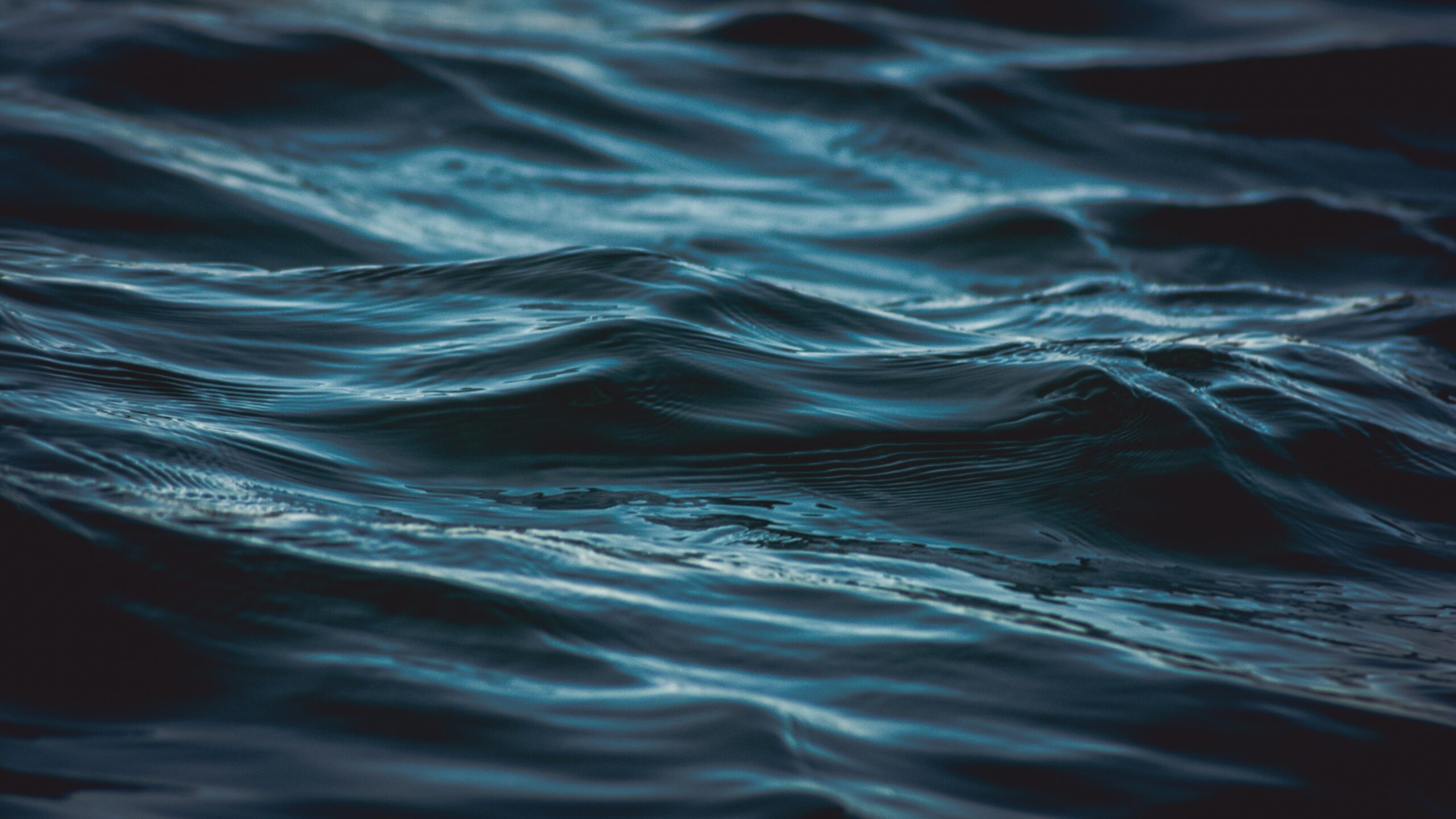A new report from NIWA reveals how much organic carbon is stored in marine sediments in New Zealand waters, and where this is at risk of being released.
The report, commissioned by the Parliamentary Commissioner for the Environment, estimates that approximately 2,240 million tonnes of organic carbon is stored in marine sediments within New Zealand’s exclusive economic zone, which equates to about 1% of the estimated carbon stocks in marine sediments worldwide.
These stocks play a vital role in regulating climate change by storing carbon for thousands to millions of years. However, some areas around Aotearoa are particularly vulnerable to having sedimentary carbon released as carbon dioxide when the seafloor is disturbed by human activities such as bottom trawling.
The SMC asked experts to comment on the report.
Dr Geoffroy Lamarche, Chief Science Adviser to the Parliamentary Commissioner for the Environment, comments:
“This report, prepared by NIWA for the Parliamentary Commissioner for the Environment, provides the very first inventory of organic carbon stored in marine sediments in our vast marine estate.
“This was not a trivial exercise. It required a solid understanding of the complex bio-geo-physical processes of the carbon cycle. It was also necessary to develop statistical approaches to make the best use of a data set that had not been collected for that purpose and was therefore limited.
“NIWA has done an excellent job. The aim of the report is to provide robust evidence on the issue of organic carbon in marine sediments to allow New Zealand to engage in an informed discussion about potential risks and available solutions. In essence, without quantifying this carbon stock, we cannot address the risks it may face.
“While this report focused on potential disturbance from bottom trawling, many other natural and human-induced processes that may impact seafloor sediments should be considered in future research, if we are to understand the fate and consequences of organic carbon once it is released from marine sediments.
“This first assessment, despite a high level of uncertainty, marks significant progress and opens the door for important discussions on this poorly understood topic.”
Conflict of interest statement: Geoffroy is Chief Science Advisor to the Parliamentary Commissioner for the Environment, who commissioned the report. He was Principal Scientist-Marine Geology at NIWA until 2019.
Professor Abby Smith, Department of Marine Science, University of Otago, comments:
“We all know that too much carbon is produced by human activities, causing global warming, ocean acidification, and all sorts of damage. Luckily there are places where carbon can be harmlessly stored away, and one of those places is the ocean. The sea takes up carbon from the atmosphere; plants and animals in the sea use that carbon to live and grow. When they die, sometimes their remains settle to the bottom, and the carbon is stored (at least for a while) out of the way. Marine sediments are many metres thick and can store carbon for thousands or even millions of years.
“Unfortunately, if bottom sediments are disturbed, some or all of the carbon can re-enter the ocean system or even the atmosphere. The report here is about how much carbon is currently stored on the seafloor around Aotearoa, where the big deposits are, and thus where we should be more careful about disturbing the bottom with mining, trawling, dredging and anchoring.
“NIWA reports a surprisingly large amount of carbon in marine sediments around New Zealand – about 1% of all sedimentary carbon in the world. Equally interesting, though, is the fact that it is unevenly distributed. We probably can’t stop all sea-floor disturbance, but we could decide to regulate disturbance in areas where a lot of carbon is stored.
“NIWA’s new “vulnerability index” shows that there are some offshore places where there is a lot of stored carbon, but also a lot of bottom trawling: offshore off Fiordland and south Westland in particular. The index doesn’t include dredging, anchoring or mining – that’s the next logical step to take in order to understand the consequences of our activities in shallow water inlets, harbours, estuaries and fiords. The deepest deep sea, where even more organic carbon is stored for even longer periods of time, is not quite so urgent to study, since we aren’t disturbing the bottom so much there.
“This report provides the necessary data to allow government regulation of bottom disturbance, concentrated in the right places. We don’t think about the importance of bottom sediment very often, but here’s one time we should.”
No conflicts of interest
Dr Andrew La Croix, Senior Lecturer and head of the Sedimentary Environments and Analogues Research Group, Te Aka Mātuatua – School of Science, University of Waikato, comments:
“This new report from NIWA is a welcome baseline dataset about the carbon storage potential of marine sediments in the New Zealand Exclusive Economic Zone. For a long time, the research community has recognized the role of the marine environment, and specifically sediments, in the global carbon cycle. However, with a rapidly warming climate and its associated environmental changes, there is an increase in the urgency to understand every detail about how, where, and why carbon is cycled through our oceans and sediments.
“Globally, this type of carbon accounting is becoming routine, and I’m very pleased to see we now have some New Zealand-specific data on the issue. Perhaps the most interesting aspect of this report is how the authors articulated the remaining research gaps–including how sedimentary processes govern carbon burial in sediments–and provided a set of maps so future workers can target the best areas of the sea floor to examine these processes in detail.”
No conflicts of interest
